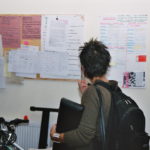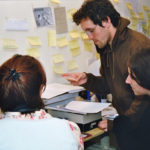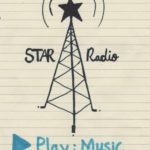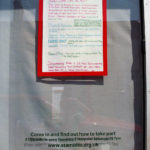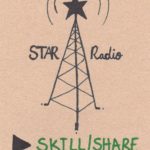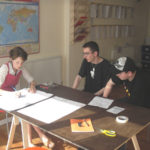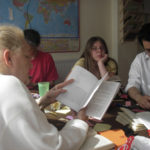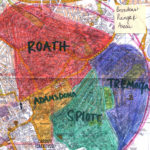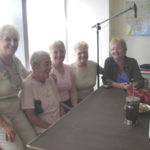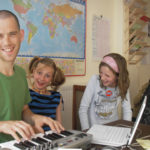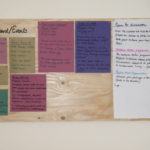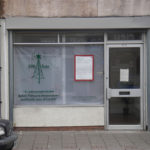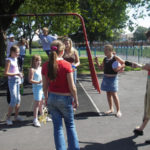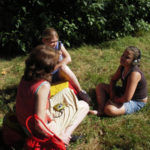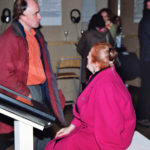STAR Radio 2004-2005
Artist Radio Station & Broadcast Event, Cardiff.
Jennie Savage, Funded by ESRF, Curator Zoe King/ Safle


Project:
(Text 2005)
At the time of developing the project I was living in Tremorfa, the eastern most outpost of STAR, and commuting each day by bike to my studio on the other side of town. Tremorfa is a post-war council estate with few trees over shadowed by the Steel works in its last throws of productivity. I felt isolated there, despite the fact that it was a stones throw from Roath – a lively area of Cardiff only 15 minutes away from the city centre. There is something about the road layout, the railway bridge you have to go under to ‘leave’, that makes Tremorfa seem apart from the rest of the city. What factors here made this place special? Furthermore, what was it about the other areas in the city that added up to their sense of place?
What was intriguing about this notion was that in the brief 15 minutes cycle ride between here and there, I passed through 4 areas, each named, each separated by a road and each absolutely having a sense of itself – a clear feeling that I am in Adamsdown not Roath or Splott.
It was this sense of place, of the everyday, that I began to ask myself why is here so different from there? Is there something beyond the architecture, the town planning, the history, that binds this place and other places to each other, makes them special – what gives it its genius?
These differences, this subtlety confounded me. Was it the people, the place, the history, a sense of ‘community’ that made each place what it was?
The idea for STAR Radio emerged partly from my desire to want to answer these questions, partly because I wanted to get to know people in the area and lastly through my continued interest in sound, in recording the sounds of a place – the belief that the sounds of a place make up its character as much as what it looks like and that by working with audio, issues of representation change. If you go out with a camera you immediately reference an index of preconceptions about people, the way they look, how they dress. In some ways this is reductive. Using sound means the visual is imagined, the way that somebody looks, the way a place looks remains, unseen, expansive.
Questions of representation are implicit in much of my work. STAR is a mixed area and faces many of the issues associated with post- industrialisation, immigration, gentrification, globalisation, and Tesco-metroisation. In the future one could easily imagine that STAR will not be heard by history. Inviting people from the area to represent themselves, to record their present, to build a patchwork quilt of fragments from a place is about inviting people to be represented to take a photograph of a place. But my impulse was not simply to map; it was to take back, to empower, to play with locality and place, to play at running a radio station and have fun with it.
STAR Radio was about going on a journey into place… and seeing what we discover.



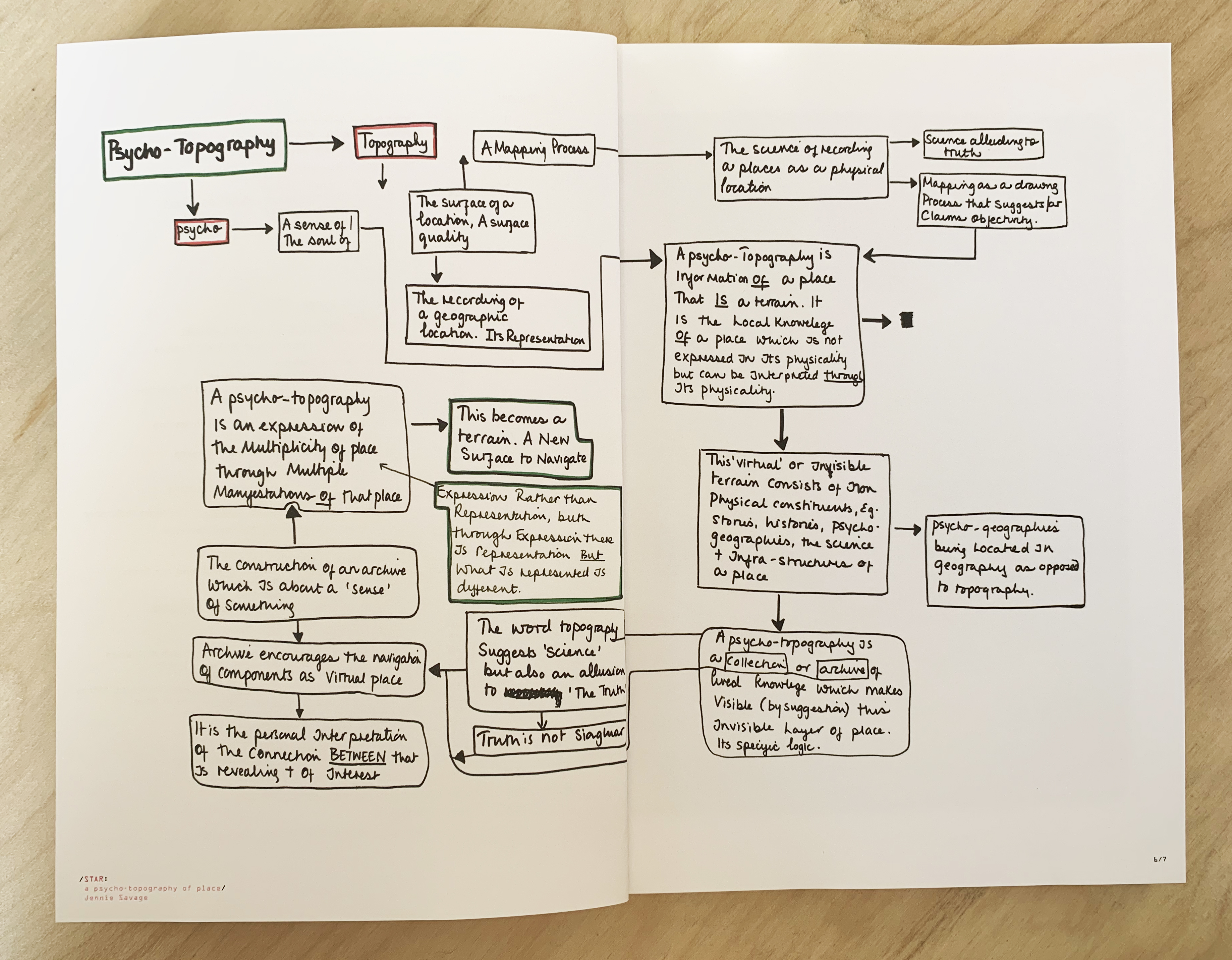




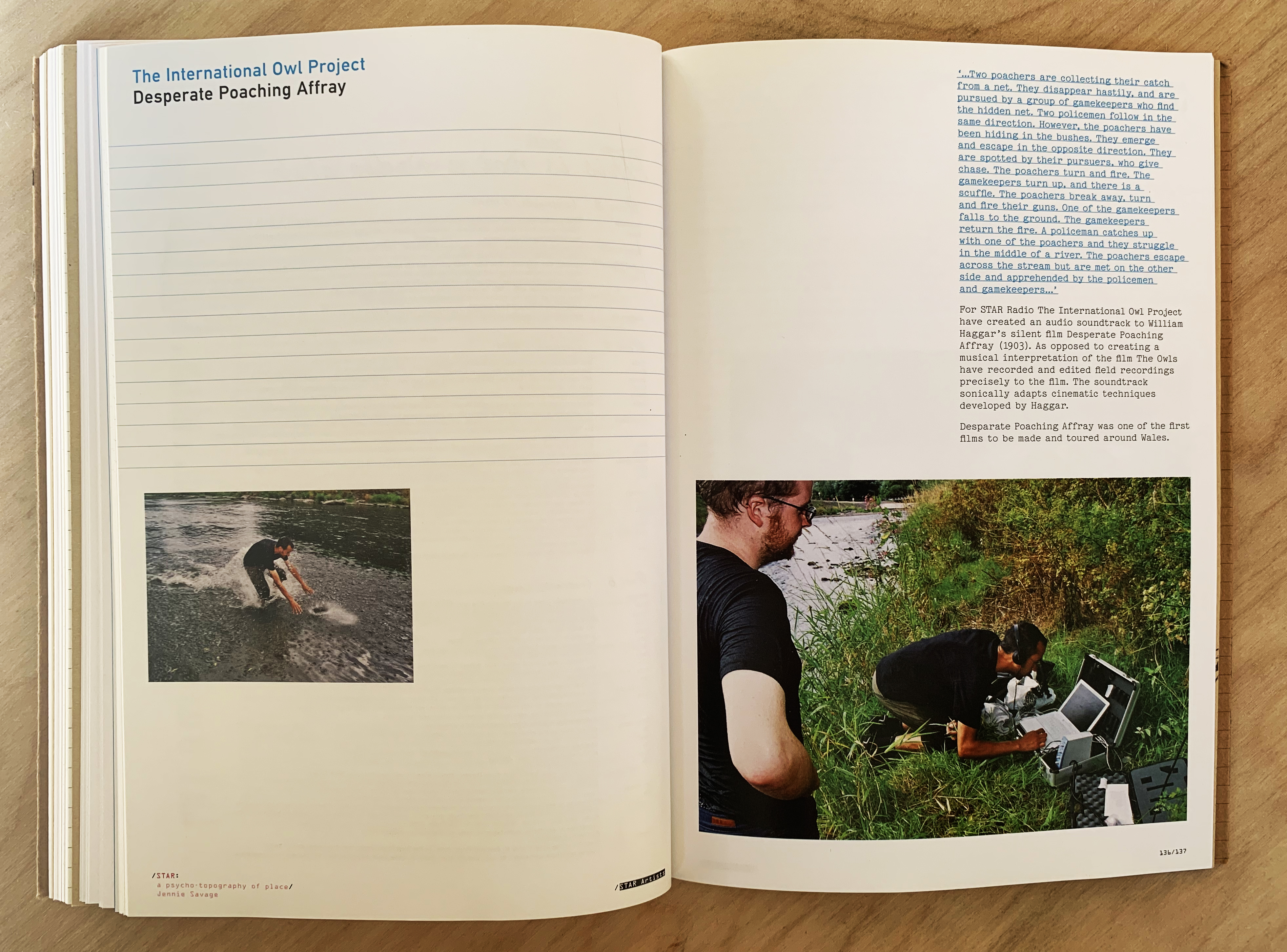








6 Months in STAR radio
Broadcast week
National Museum of Wales









